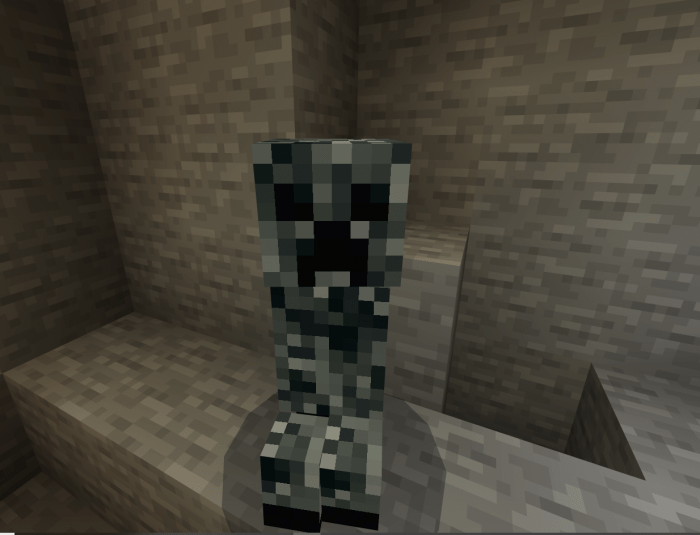

However, the specific impact on species and habitats does not necessarily scale with the intensity of these processes but is highly context specific 13. Additionally, for threats where remotely sensed data are available, these data measure physical processes such as habitat conversion or the expansion of infrastructure 10, 11, 12. This is particularly true for pressures such as overexploitation, pollution and invasive species, for which no suitable remotely sensed proxies exist 7, 8, 9. Despite this, we still have limited information about the spatial patterns and intensity of the threats responsible for this crisis 5, 6. The world has entered the Anthropocene, characterized by unparalleled human impact on the global environment 1, 2 and associated with devastating biodiversity losses 3, 4. Alarmingly, this is particularly the case in areas of the highest biodiversity importance. Additionally, current representations of human pressure underestimate the overall pressure on biodiversity, due to the exclusion of threats such as hunting and climate change. Our results show that agriculture and logging are pervasive in the tropics and that hunting and trapping is the most geographically widespread threat to mammals and birds. Here we use expert-derived information from the International Union for Conservation of Nature Red List on threats to 23,271 species, representing all terrestrial amphibians, birds and mammals, to generate global maps of the six major threats to these groups: agriculture, hunting and trapping, logging, pollution, invasive species, and climate change. Yet mitigation efforts remain hampered by limited information on the spatial patterns and intensity of the threats driving global biodiversity loss. The Anthropocene is characterized by unparalleled human impact on other species, potentially ushering in the sixth mass extinction.


 0 kommentar(er)
0 kommentar(er)
